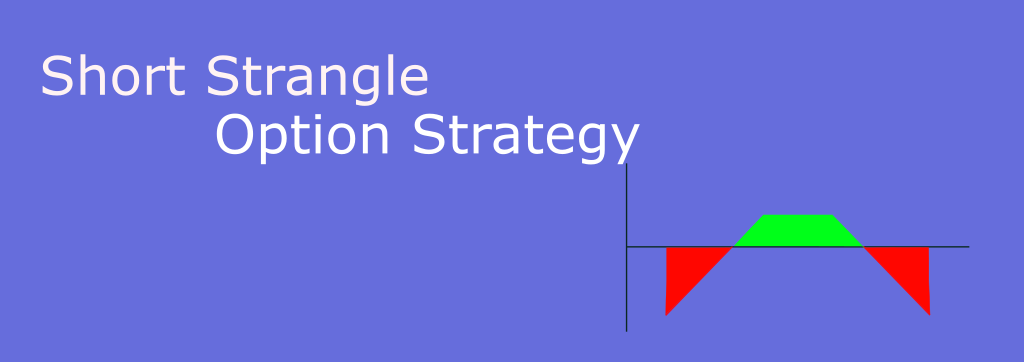Disclaimer: Options trading is considered extremely risky, 9 out of 10 traders incur a net loss, please trade responsibly. See the SEBI circular for more details
This is an advanced option trading topic, and assumes you are familiar with basic options terms, if you are starting of with option, please read our option primer.
Short Strangle is possibly the most popular option selling strategy for non directional market. Similar to Short Straddle, it consists of selling a Put option and a call option to offset each other, however in this case the seller is not selling ATM (At The Money) strike but OTM (Out of The Money) strike.
Lets assume if NIFTY is trading at 19000, then the seller would sell a Put Option at strike of 18800 and a Call option of 19200.
Understanding Short Strangle
Since a short strangle consist of selling a Put (PE)and a Call (CE), if the underlying price moves higher, the Put (PE) premium is going to decrease, while Call (CE) premium is going to increase, this offsets the result of market movement. Similar thing would happen when underlying price moves lower, the premium of Put (PE) is going to increase while premium of Call (CE) is going to decrease.
However since the increase or decrease or premium is not going to be the same for Put (PE) and Call (CE) the difference would get bigger as the price moves away from the original strike price.

The payoff graph above is for NIFTY trading at 19646, so the strangle is created with selling a 19450 Put option and 19850 Call option. If the market stays within this range of 400 points the strategy would make profit, however if the market crosses the range, then the seller would loose money.
How do you make money on Short Strangle?
In a short strangle, the seller is making the profit entirely on the decay of premium as the time passes. The seller would ideally receive the premium decay of both Put (PE) and Call (CE) option.
Since this is a non directional strategy the seller does not have any specific view on market direction. In case of market moving in either direction, one of option premium is going to increase while the other decreases offsetting the other. The time decay of the option is going to happen on both Put (PE) and Call (CE) options. So the seller would ideally want the market to stay in the range for maximum time.
Since the decay of premium is related to how far is the expiry, the profit on this strategy increases as the expiry day approaches.
When to choose Short Strangle?
- When you expect the market to be range bound, or move in a small range.
- On the day of expiry the premium decays is fastest, so if the market stays within the range of Strangle, the seller can get maximum benefit.
- When you expect market near a strong support or resistance level, and you expect the market to test the level but not break it.
When to stay away from Short Strangle?
- When you expect a big move in the market, for example near budget day or expecting some big news which can affect macro economics i.e. wars about to break out or elections result being announced.
- Decay in a Short Strangle when expiry is far way is very slow, so if the market moves the loss due to delta difference would make your net loss very high.
Words of the wise: Assess your risk appetite, the max return on strategy would be in the condition which are listed to stay away from.

Leave a Reply